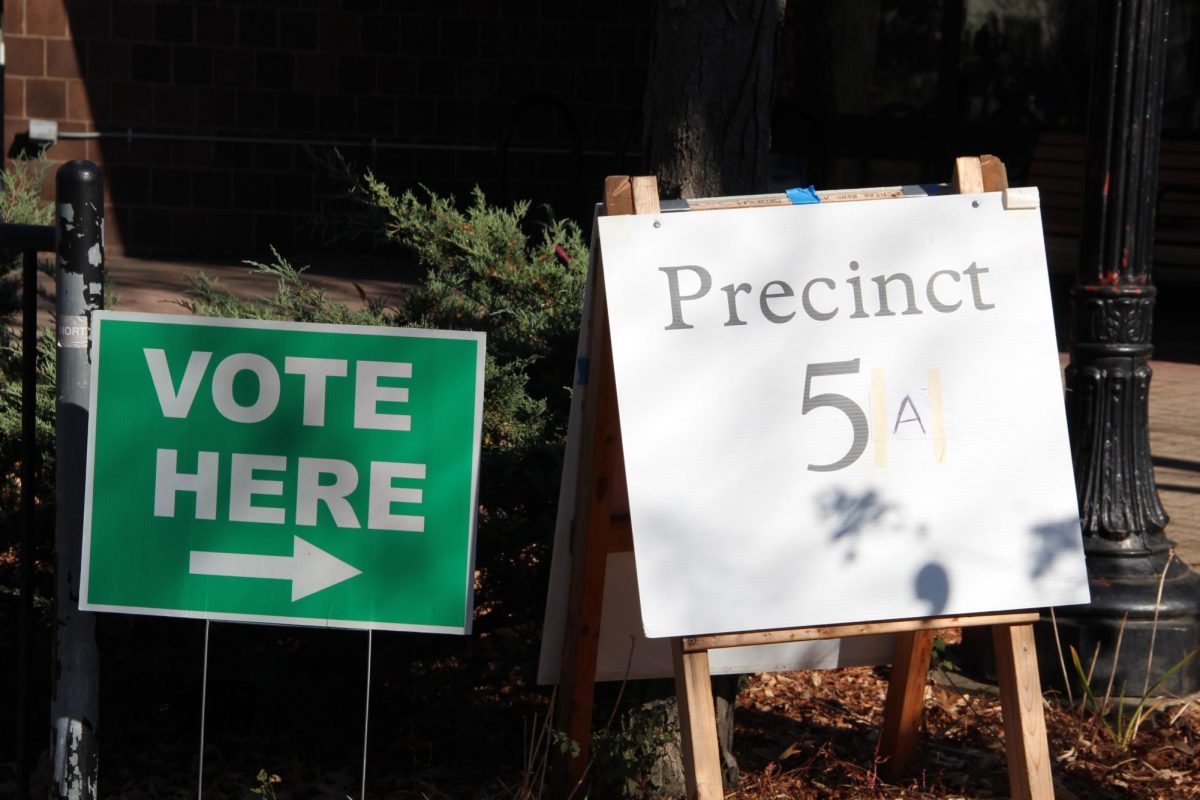In Massachusetts and in all of America, we have normalized going tens of thousands of dollars into debt just to get a college degree. But why? A trip across the pond to practically any European country will show just how unnecessary this is.
A European country like Sweden has a similar population and less wealth than Massachusetts, but unlike Massachusetts, it has tuition-free college. So how does free college work in Sweden, and how can Massachusetts learn from them to create our own version of tuition-free college?
Positives of Swedish higher education
Swedish universities do not charge tuition fees, so all Swedish and EU/EEA students attend college for free. The government pays for higher education, primarily through tax revenue.
However, unlike America, the average Swede views the Skatteverket (Swedish Tax Agency) positively. For Sweden, paying higher taxes to not be saddled with decades of debt turns out to be popular.
Eighty percent of college graduates still go on to accumulate debt, though. It may seem that eliminating college tuition does not affect student debt. But Swedish culture is highly independent, so most of these loans are not due to tuition, but rather living expenses like rent, food and housing.
It is important to note that about 3.8 percent of their average monthly income goes towards loans on a 10-year repayment plan, compared to the United States’ average of 15 percent on a 25-year repayment plan.
Additionally, a free tuition program fosters equal access to higher education for all Swedes, which is why Sweden has one of the highest rates of social mobility and the lowest rates of inequality at an absolute upward mobility rate of 77 percent and a Gini coefficient of 0.3.
Troubles in Sweden
Free tuition in Sweden isn’t perfect. Universities in Sweden own a collective debt of 1 billion kronor (93 million USD). One reason for this is increasing operating costs.
The government forced all central administrations to cut spending by 0.5 percent. Universities are scrambling to cut costs, with some cutting course duration by 15 percent and reducing the number of PhD students.
But compared to Massachusetts, this is nothing. The University of Massachusetts and state colleges in Massachusetts have a combined $4.2 billion in outstanding capital debt. To make matters worse, the Commonwealth has put the burden of paying it off on students; public colleges’ growing debt from buildings has increased student loan debt by 25 percent and added $2,500 to students’ yearly fees. A key cause is that over the last 40 years, spending on public higher education decreased by 50 percent.
Yes, Sweden has issues with quality, equity and budget cuts, but nowhere near the size of Massachusetts’. Our debt of $4.2 billion dwarfs that of Sweden’s public universities 45 times over.
What Massachusetts can learn from Sweden
Most Swedish students live from home or rent an apartment with friends. This avoids the upfront costs of building the dormitories and the upkeep of people to staff these buildings. It’s evident that dormitory buildings are expensive, often charging upwards of $12,770 per year or around $8,500 a year at UMass for a standard shared room.
Administrators argue that they charge this amount because they make their cut in the eight-to-nine months of student attendance. They would not have to charge this amount if they relied more on off-campus housing to address the housing crisis.
Additionally, there has been an increase in non-academic positions that outpaced the growth of expenditures on academic programs. Full-time professor employment grew by 9.8 percent between 1993 and 2007, but full-time non-instructional employees grew nearly four times as fast at 39 percent.
This is not to say that they are not important. In an age of increasing inequality in higher education, Diversity, Equity and Inclusion (DEI) and similar programs help marginalized students. But the influx of these administrative positions contributes to a hike in tuition prices, which disproportionately lowers low-income and minority student enrollment that these programs aim to help.
Currently in higher education, with burgeoning student loans and a federal government unwilling to help us, we need to have a real conversation as to whether or not these costs are necessary. While administrations and college sports are nice, we must ask ourselves if it’s something that students need, or an expense covering the University’s own debts.
Countries like Sweden, with a larger population of 10 million people and a lower GDP of 593.27 billion USD, are able to make higher education work and for free for all of their students. We have historically cut our higher education budget while they invested more. Since we accumulate more wealth and serve fewer people, there is no excuse for not having free college.
Ruo Wu can be reached at [email protected]







